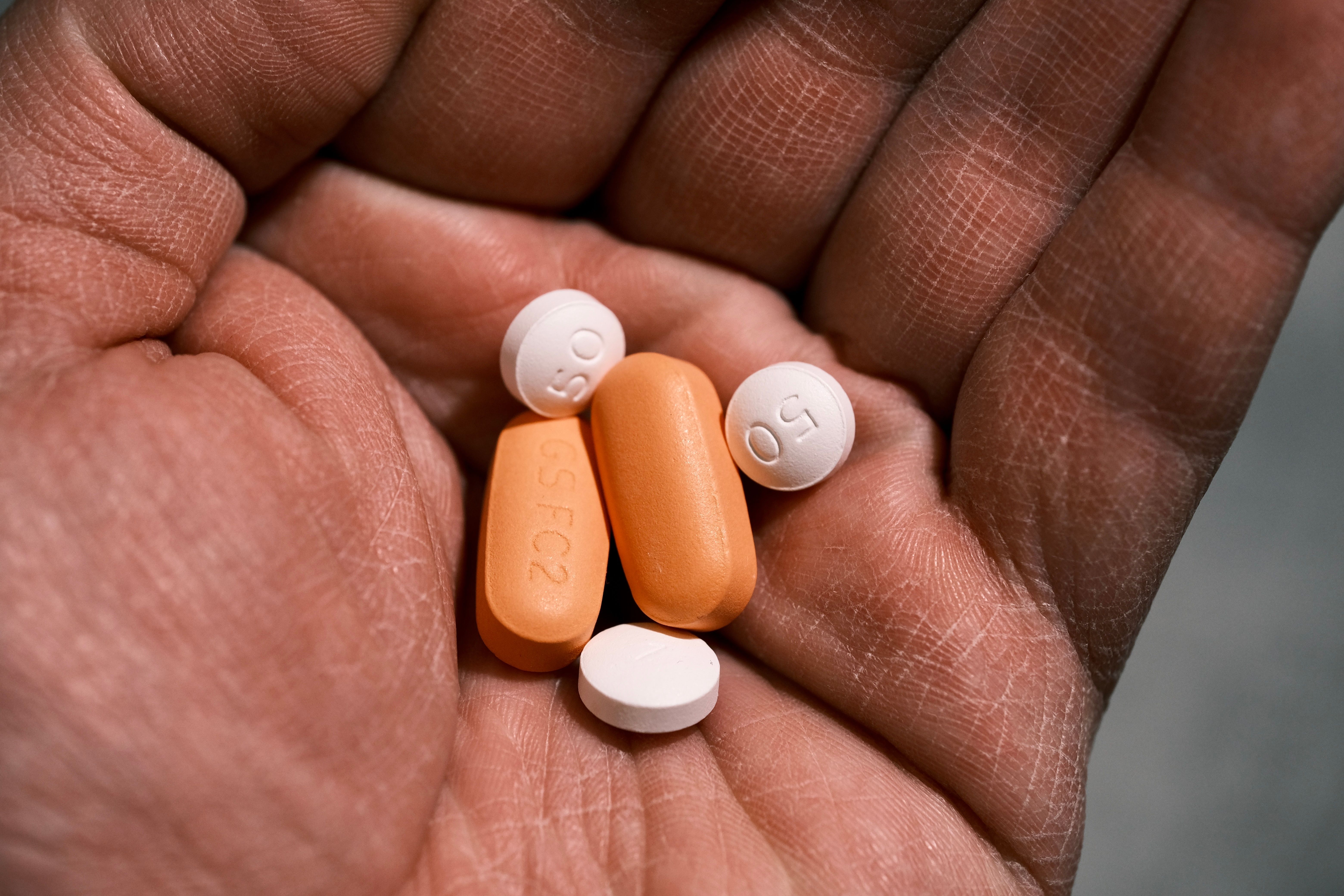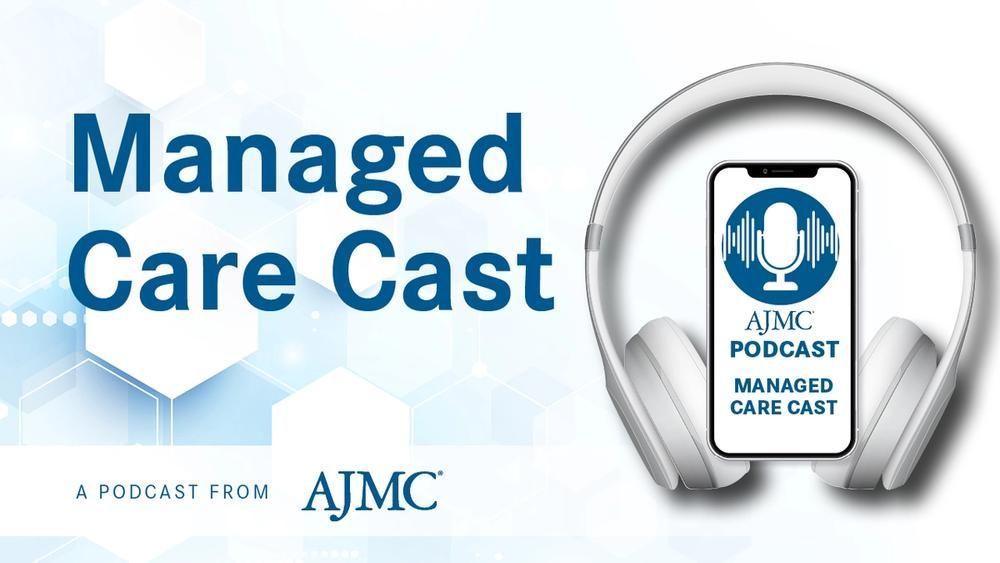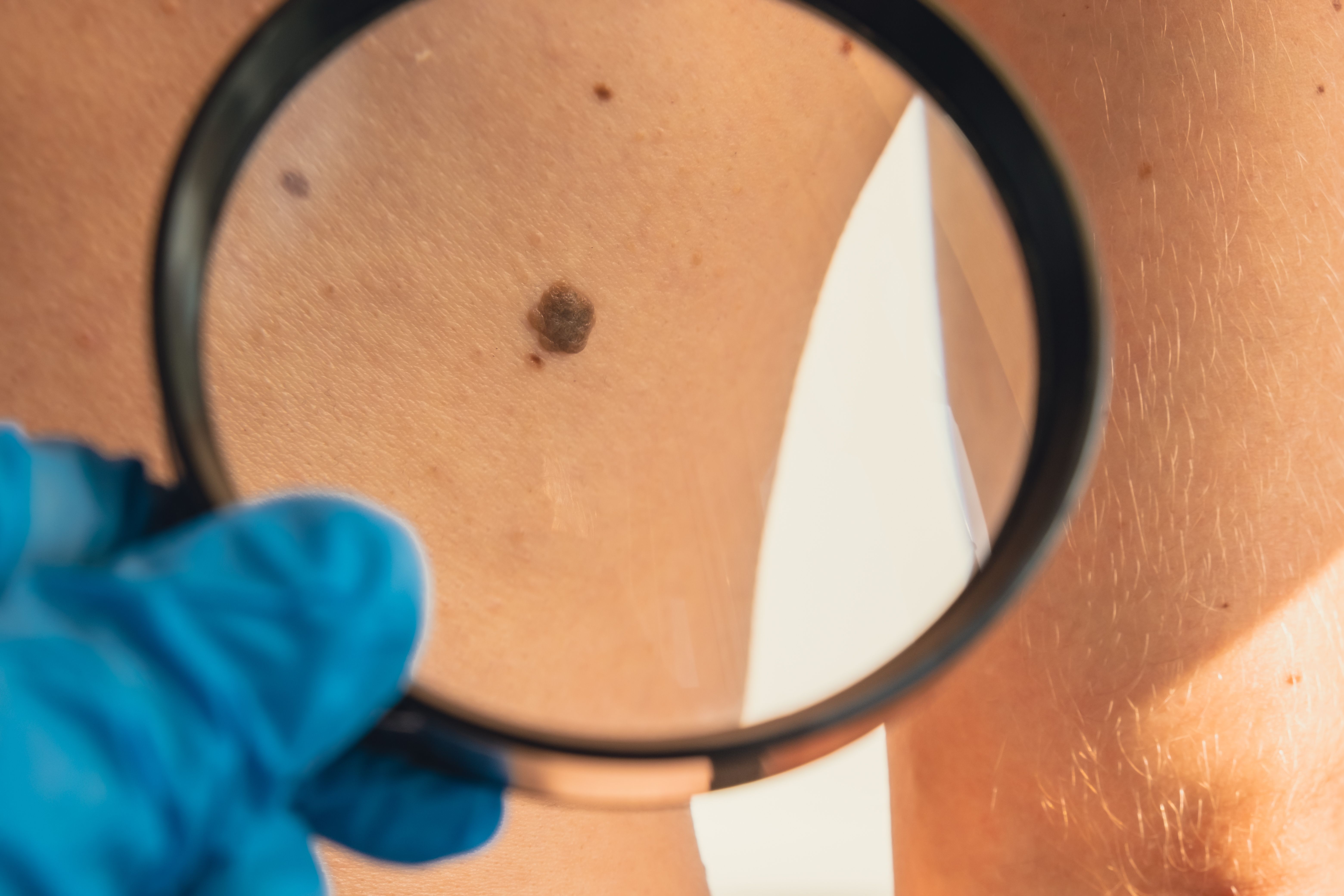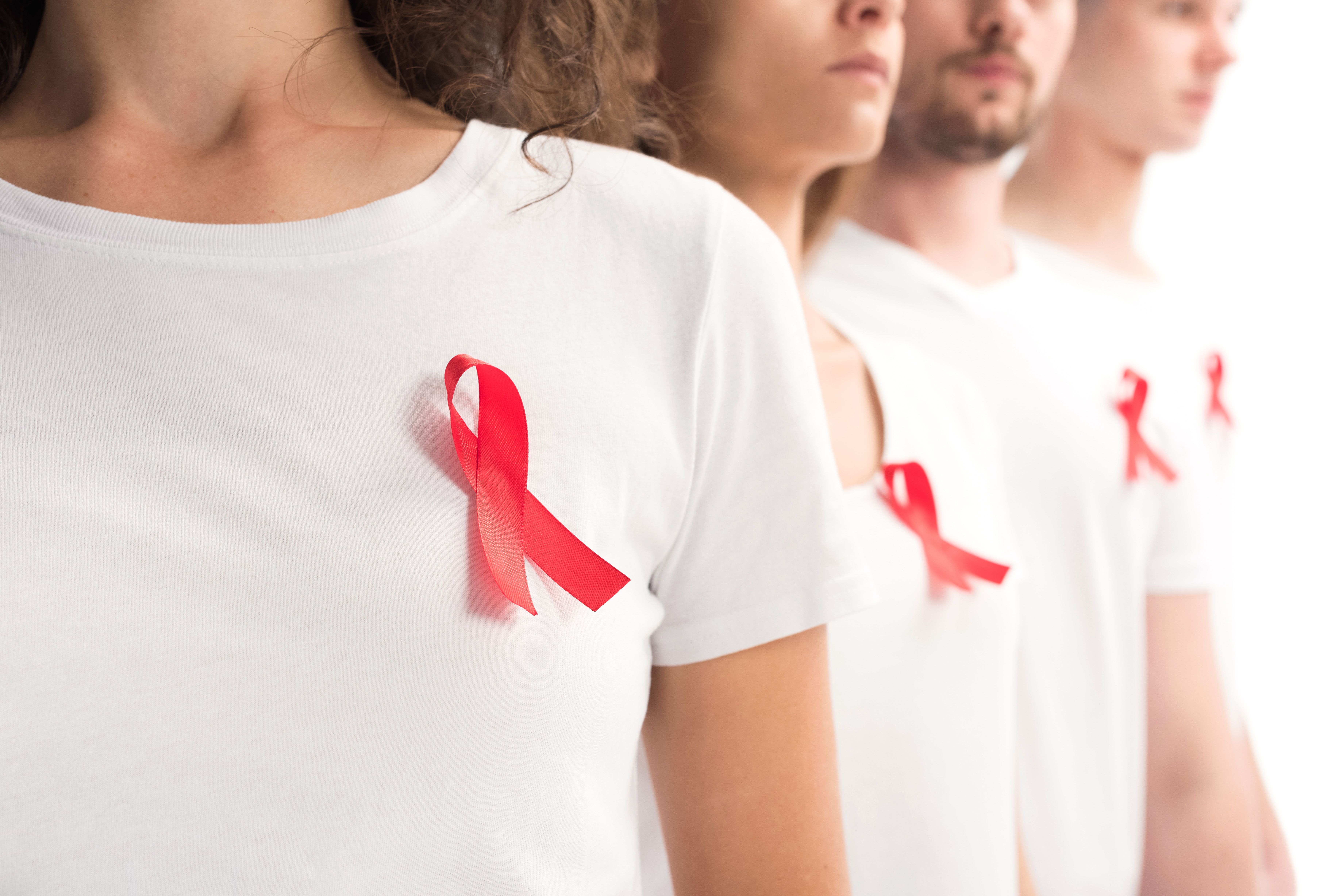News
Article
Dolutegravir/Lamivudine Effective in Adolescents With HIV
Author(s):
Key Takeaways
- Dolutegravir/lamivudine showed efficacy in achieving viral suppression in treatment-naive adolescents with HIV after 48 weeks.
- The study included 32 adolescents, with 81% achieving HIV-1 RNA levels below 50 copies/mL at 48 weeks.
Adolescents who are treatment-naive had promising results when using dolutegravir/lamivudine as antiretroviral therapy over 48 weeks.
Adolescents living with HIV could have a new form of antiretroviral therapy (ART) available to them after promising results found the 2-drug therapy of dolutegravir/lamivudine was effective after 48 weeks in those who were naive to treatment.1 The study, published in the Journal of Acquired Immune Deficiency Syndromes, found that the 2-drug therapy was both safe and effective.
ART has been used as a method of achieving viral suppression and increasing the lifespan of those living with HIV. Dolutegravir/lamivudine is a 2-drug regimen has been used in adults as ART that has been found to be effective in that age group.2 The efficacy of the regimen in adolescents has been less studied. The DANCE trial aimed to test the efficacy and safety of dolutegravir/lamivudine in adolescents aged 12 to 18 years who were living with HIV.
The study took place across 9 clinical research sites in Thailand, Kenya, and South Africa. Participants were eligible if they were aged 12 to 18 years, were naive to ART, weighed at least 25 kg, and had a screening plasma HIV-1 RNA of 1000 to 500,000 copies/mL. Any individual who was pregnant, breastfeeding, had severe haptic impairment, had cirrhosis, had evidence of hepatitis B virus, had unstable liver disease, or had known bilary abnormalities were excluded from the study.
Dolutegravir/lamivudine was both safe and effective in adolescents living with HIV | Image credit: Maksim G - stock.adobe.com

The study was separated into 4 phases: screening for 28 days before treatment, a treatment phase for 48 weeks, planned extension from 48 weeks to 144 weeks, and continuation past 144 weeks. All participants were seen at baseline and then every 4 weeks through 48 weeks. All participants took the 2-drug therapy once per day orally with the same dosage as is used in adults: 50 mg dolutegravir and 300 mg of lamivudine. Vital signs, laboratory assessments, medical history, and an electrocardiogram were all collected during screening. The primary endpoint of the study was a participant reaching a plasma HIV-1 RNA of less than 50 copies/mL after 48 weeks.
There were 32 adolescents included in the analysis, of which 66% were men and 59% identified as Asian. The median (range) age of the cohort was 17 (13-17) years. The median baseline HIV-1 RNA was 4.59 (2.61-5.64) log10 copies/mL.
A total of 26 of the participants achieved HIV-1 RNA of less than 50 copies/mL after 48 weeks; 27 participants reported less than 200 copies/mL after 48 weeks. The participants primarily reached these results after 24 weeks, with 26 participants reporting less than 50 copies/mL and 28 reporting less than 200 copies/mL after 24 weeks. Only 3 participants had 50 or more copies/mL at week 48, with 1 achieving 56 copies/mL and 1 withdrawing after 16 weeks.
A participant developed a stage 3 condition associated with HIV-1 137 days after the first treatment, with the participant continuing in the study and achieving virologic suppression. Treatment nonadherence was reported in 10 of the participants.
A total of 88% of the participants experienced an adverse effect through 48 weeks. The most common included folliculitis (9%), upper respiratory infection (9%), and nasopharyngitis (19%). A total of 72% of the participants reported an adverse event within 24 weeks. Only 1 adverse event was related to the drug and was a grade 3 decreased glomerular filtration rate that caused withdrawal from the study.
There were some limitations to this study. There was no comparator group included in the study to compare dolutegravir/lamivudine against. A study site closing resulted in 2 participants discontinuing the trial early.
The researchers concluded that dolutegravir/lamivudine was effective in treating adolescents aged 12 to 18 years who were naive to treatment for HIV, making it a viable alternative treatment for those who wish to reduce their drug or pill burden when taking ART.
References
- Puthanakit T, Auripul L, Lopez M, et al. Efficacy and safety of the two-drug regimen dolutegravir/lamivudine in adolescents living with HIV-1 naïve to antiretroviral therapy at 48 weeks (DANCE): a single-arm, open-label, phase 3b trial. J Acquir Immune Defic Syndr. Published online February 24, 2025. doi:10.1097/QAI.0000000000003655
- Cahn P, Madero JS, Arribas JR, et al. Durable efficacy of dolutegravir plus lamivudine in antiretroviral treatment-naïve adults with HIV-1 infection: 96-week results from the GEMINI-1 and GEMINI-2 randomized clinical trials. J Acquir Immune Defic Syndro. 2019;83(3):310-318. doi:10.1097/QAI.0000000000002275




